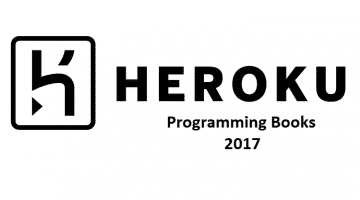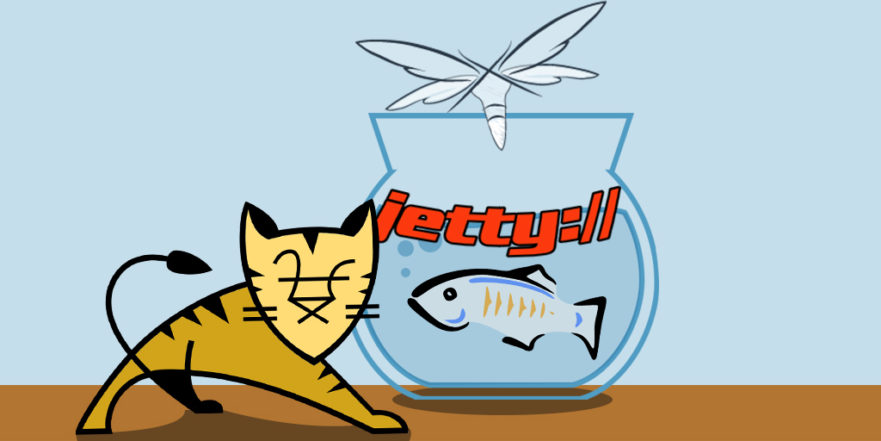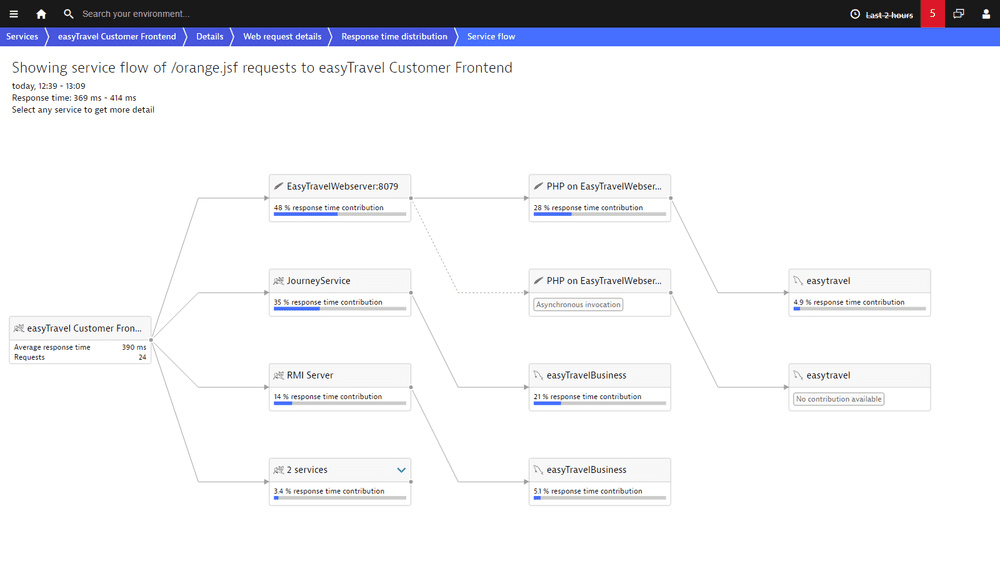
- DIFFERENCE BETWEEN TOMCAT AND GLASSFISH HOW TO
- DIFFERENCE BETWEEN TOMCAT AND GLASSFISH PORTABLE
- DIFFERENCE BETWEEN TOMCAT AND GLASSFISH CODE
- DIFFERENCE BETWEEN TOMCAT AND GLASSFISH LICENSE
Custom consoles can be created with enhanced reporting and administrative features.Quarterly releases contain bug fixes, patches and enhancements.The Payara Server is a direct replacement for the GlassFish Server Open Source Edition.
DIFFERENCE BETWEEN TOMCAT AND GLASSFISH CODE
The code is owned by a UK-based not-for-profit company that is dedicated to ensuring the ongoing development and maintenance of the Server to benefit the user community. The Payara Server will always be open source. Plans are in place to address advanced database capabilities, enhanced diagnostics and more. Payara has implemented its own enhancements and fixes, and has no association with Oracle. This server is optimized for production and is secure by default. It offers 24/7 production and developer support. The Payara Server was derived from GlassFish.
DIFFERENCE BETWEEN TOMCAT AND GLASSFISH LICENSE
There are no costs for using Apache Tomcat it is released under Apache License 2.0. Flexible, with built-in customization options.Lightweight code resulting in fast load and deployment times.You can get involved with the development in a number of ways. It is the result of a collaboration of the finest developers worldwide. Apache TomcatĪpache Tomcat is an open-source implementation of several Java technologies. In addition, there are a number of resources available including forums and a product wiki. There is product documentation available online. There is no cost associated with downloading Glassfish software.
DIFFERENCE BETWEEN TOMCAT AND GLASSFISH PORTABLE


One-year standard subscriptions cost $8,000, and premium subscriptions are $12,000. To use JBoss EAP in a production environment, you’ll need a subscription.

DIFFERENCE BETWEEN TOMCAT AND GLASSFISH HOW TO
You can determine how to use the software and how to modify it without worrying about the market objectives of a software vendor.Ĭompare these four open source application servers to find one that meets your needs. With open source, you have the ability to test for yourself or arrange for a third-party audit.Ī big part of the advantage is the control that open source software offers.

Compare each tool based on business benefits, feature set, and price. In this article, we review four leading open source application servers. New open source technologies are changing the way organizations develop and deploy applications. 4 Open Source Application Servers (Comparison and Review)


 0 kommentar(er)
0 kommentar(er)
